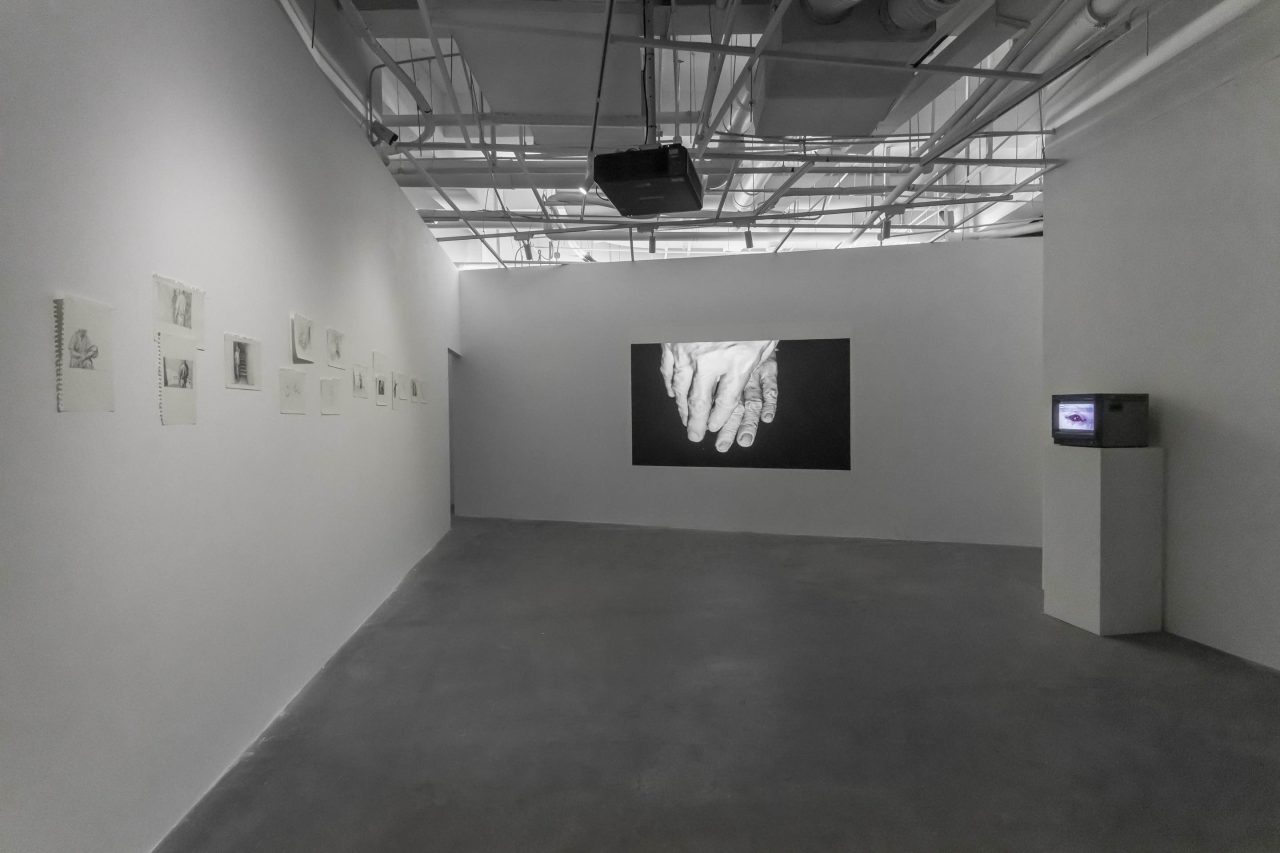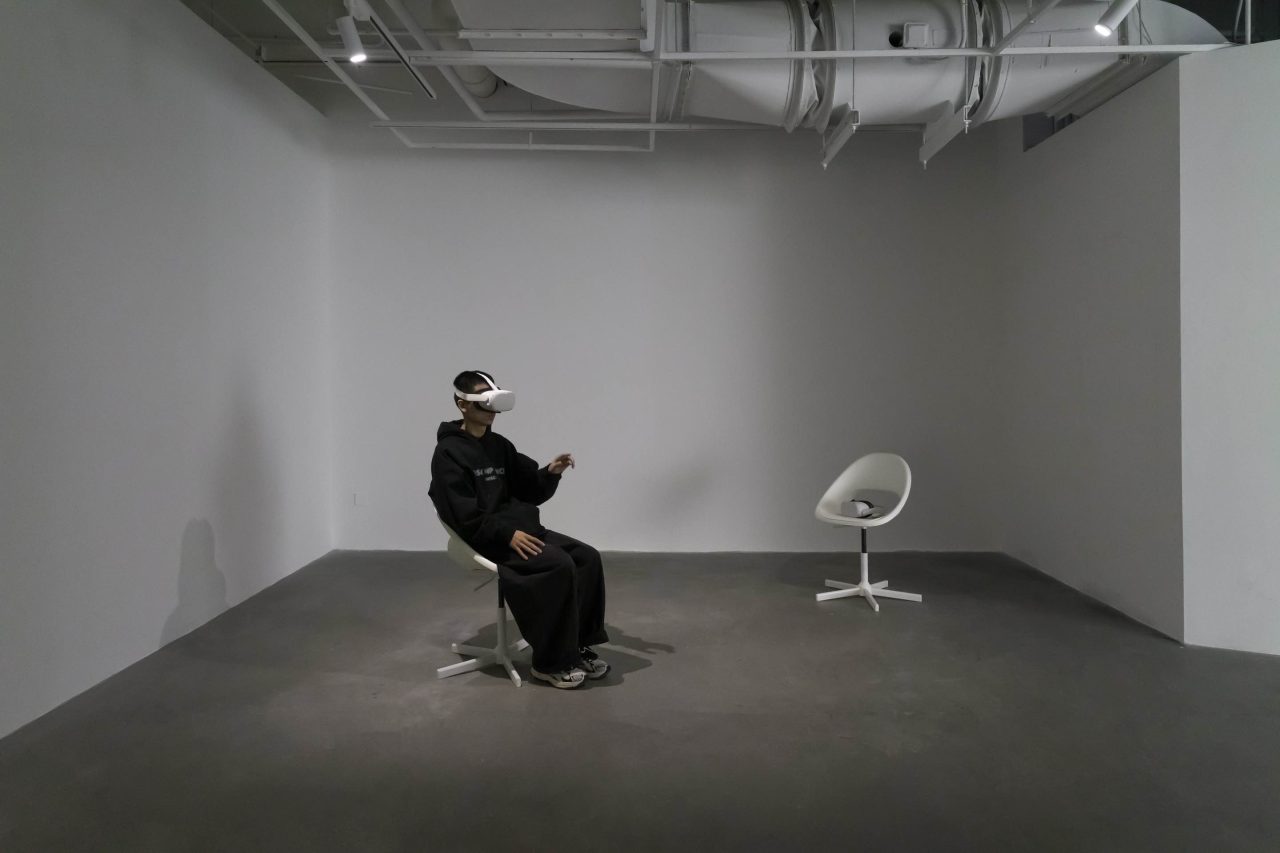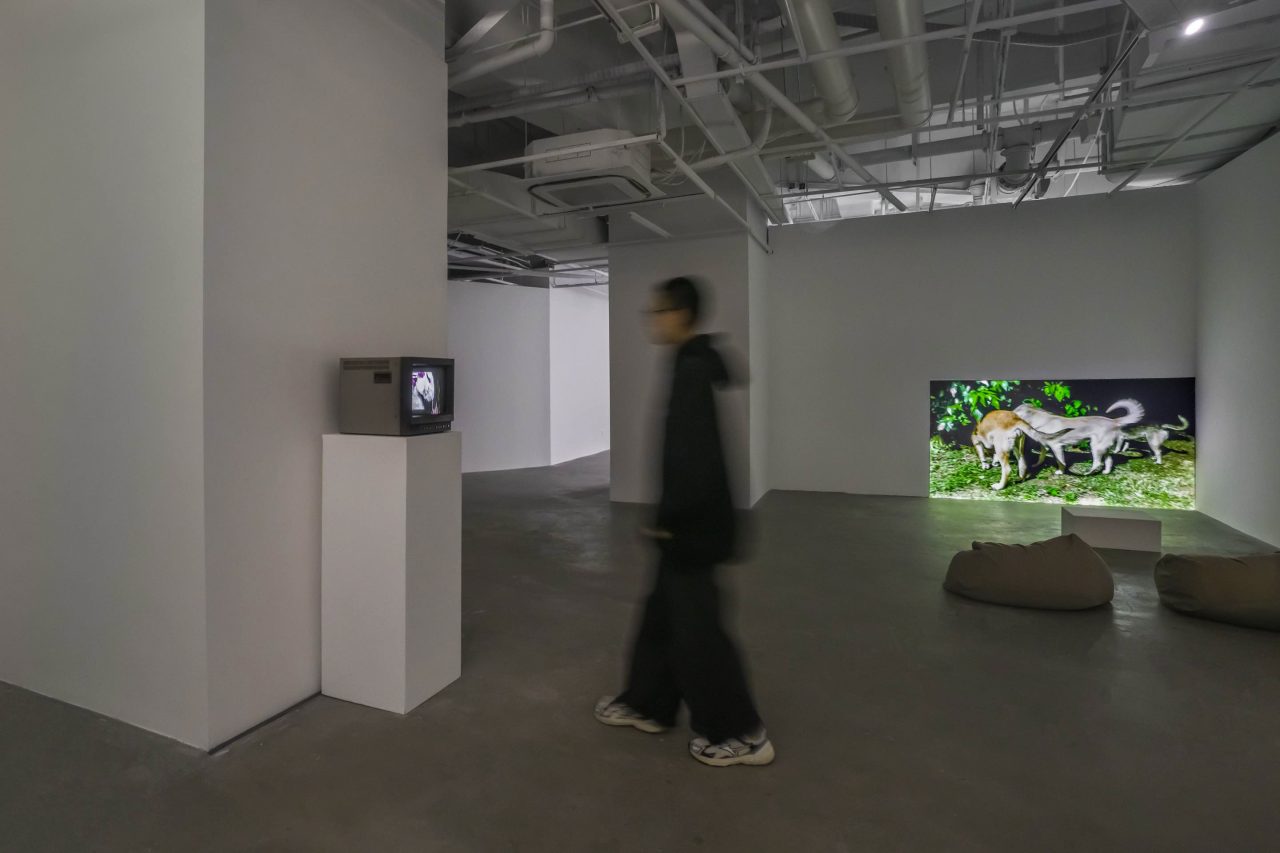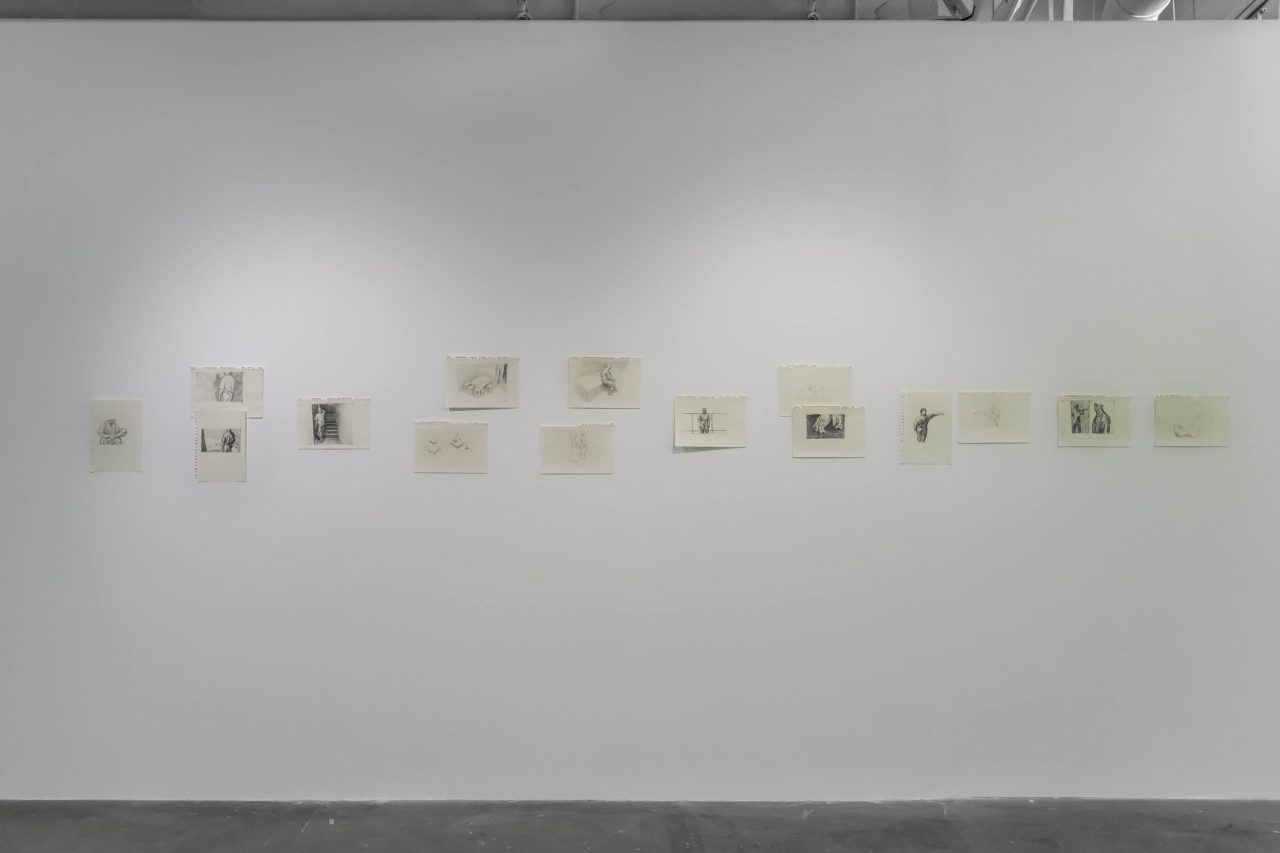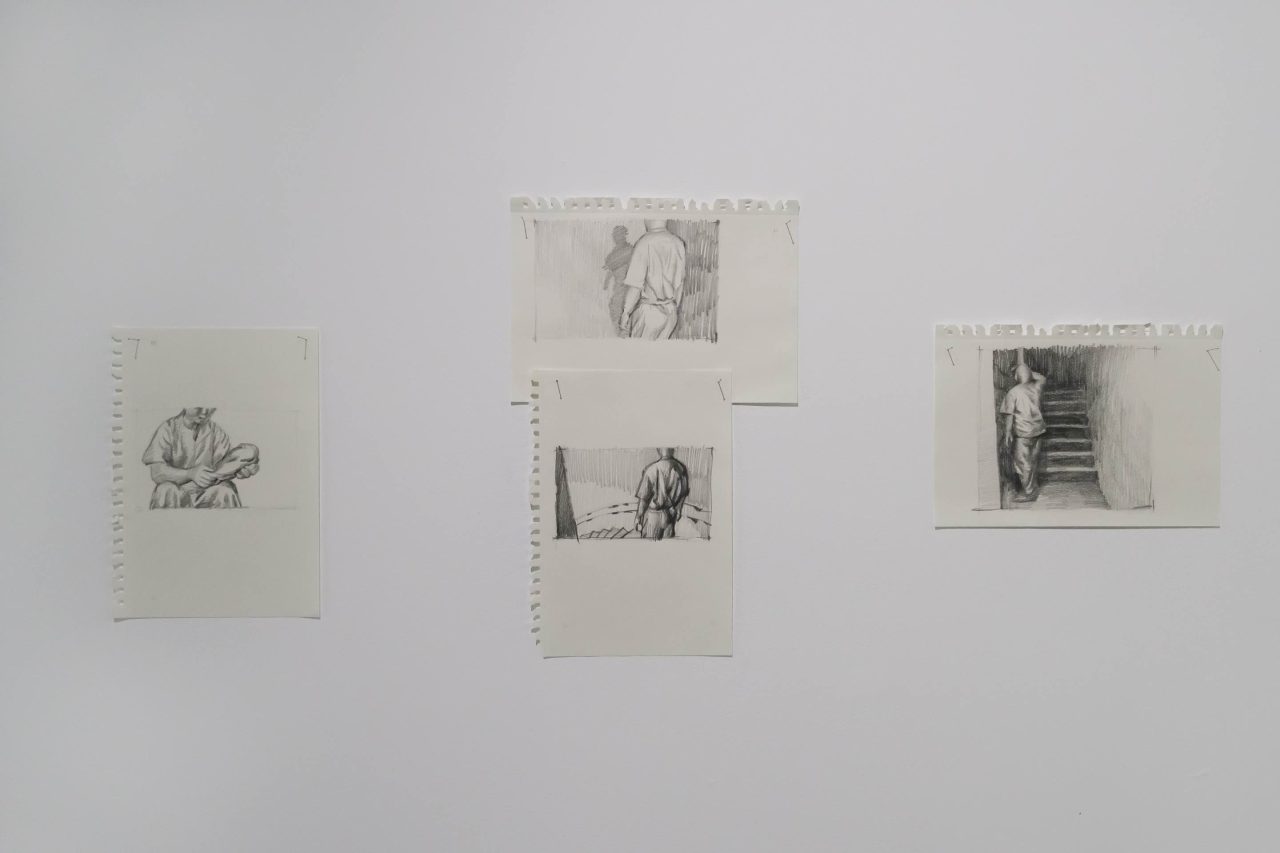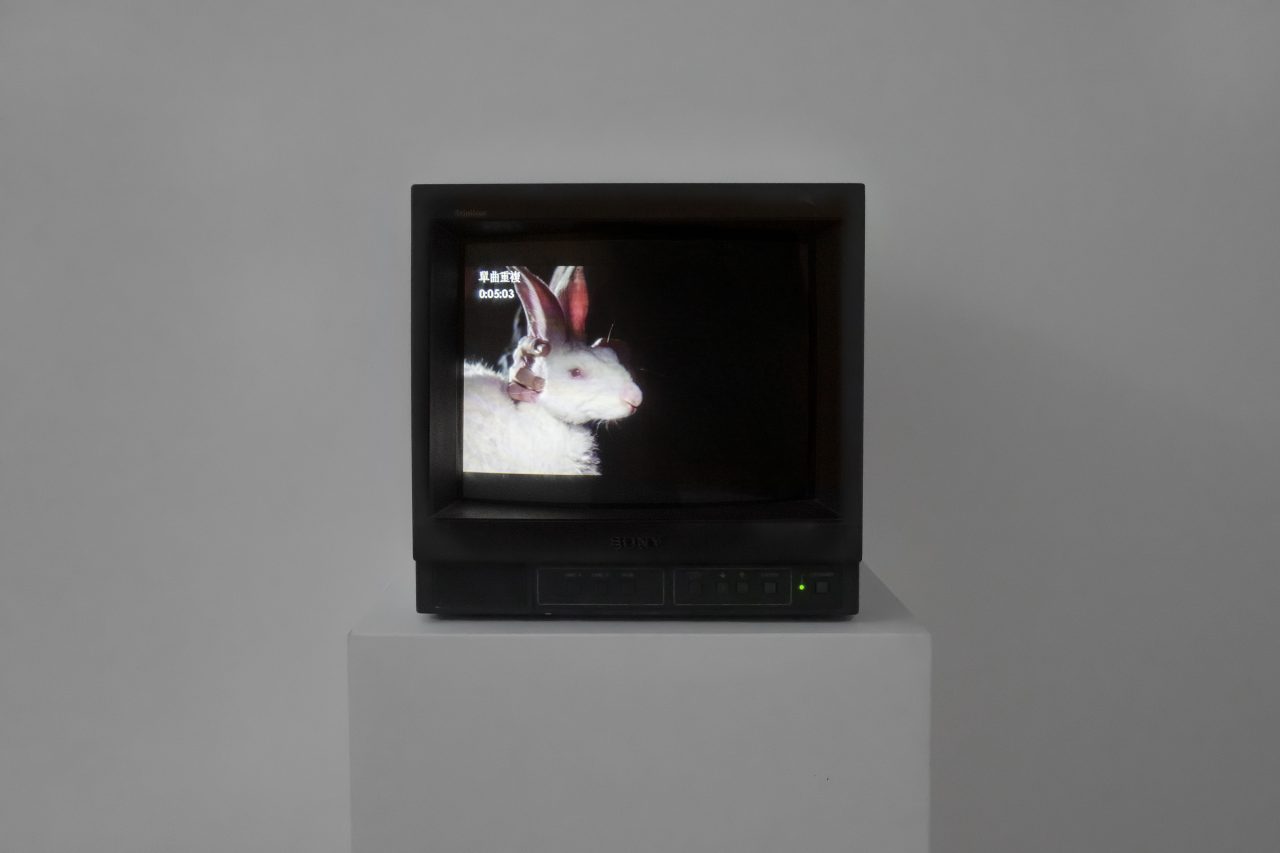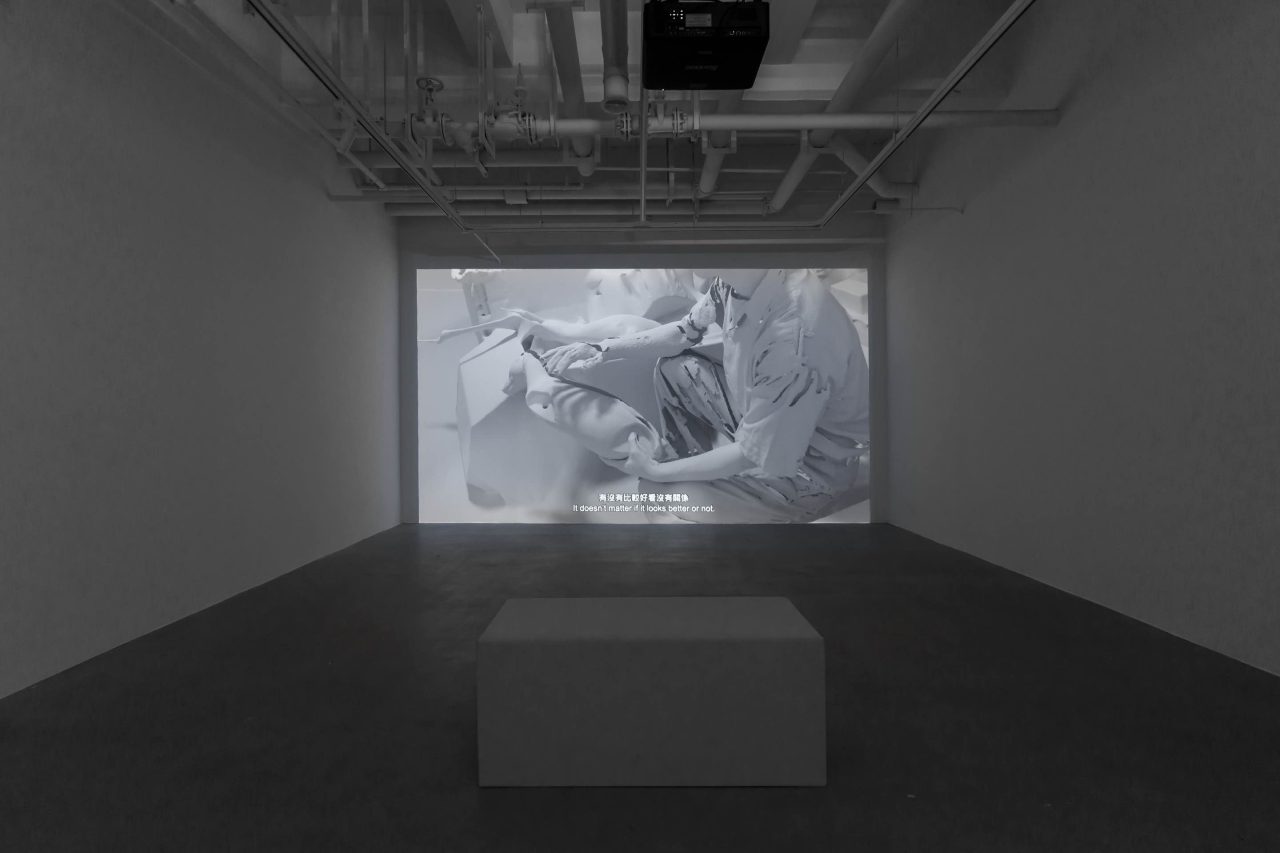Current Exhibition
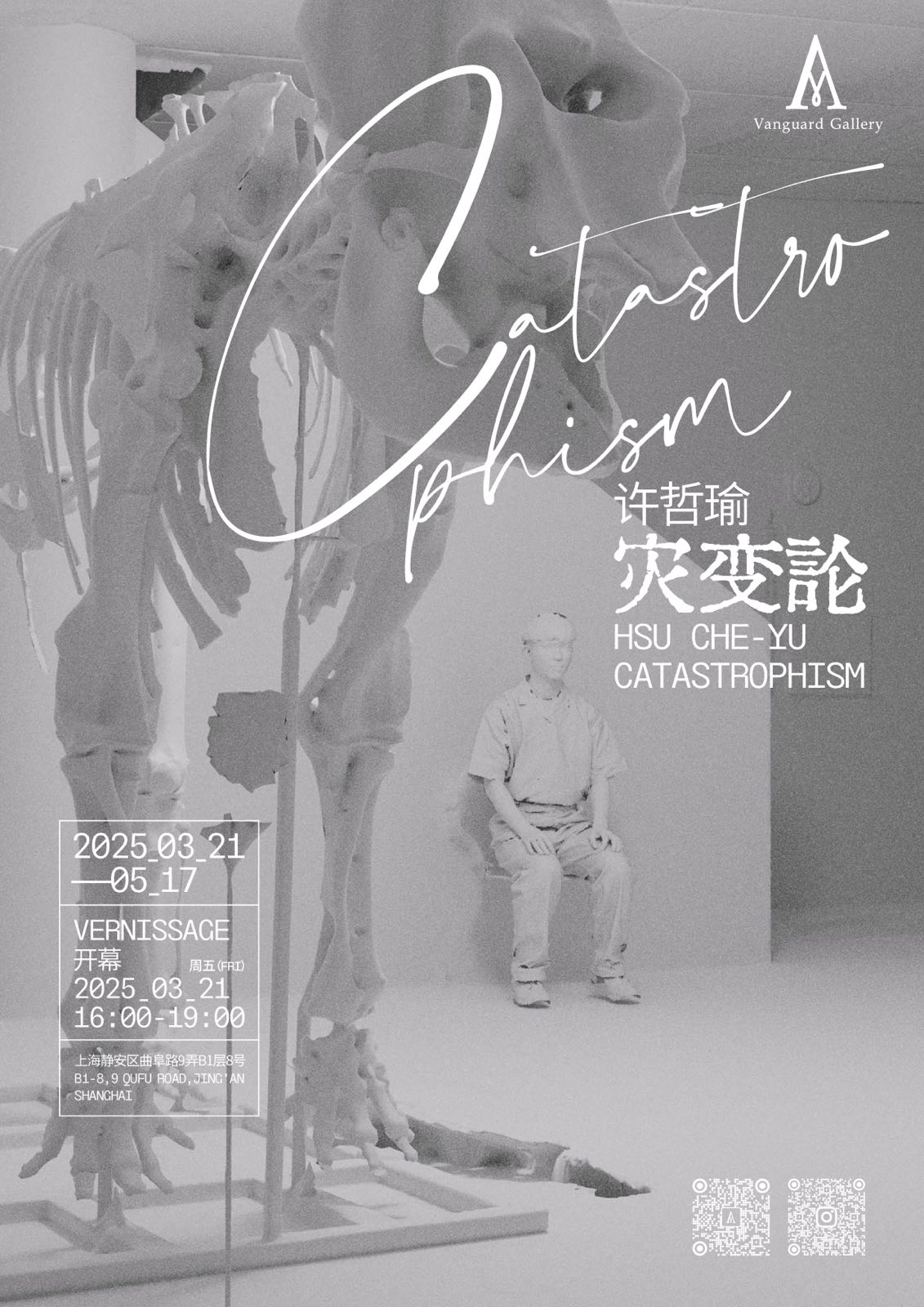
Vanguard Gallery is pleased to present “Catastrophism,” a solo exhibition by Hsu Che-Yu, opening on March 21, 2025, marking the artist’s third solo exhibition at Vanguard Gallery. The exhibition debuts five new video installations alongside a selection of sketches. By delving into the use of 3D scanning and virtual reality (VR) technologies to reconstruct historical events, Hsu’s artistic practice builds upon his previous works while further reshaping the way we perceive history and memory.
Working primarily with animation, video, and installation, Hsu Che-Yu has been based in Europe in recent years and has participated in residency programs at prestige institutions such as the Higher Institute for Fine Arts (HISK) in Belgium, Le Fresnoy – Studio national des arts contemporains in France, and Rijksakademie in the Netherlands. Hsu Che-Yu’s works reflect elements of documentary filmmaking, yet walk the line between reality and fiction. In this exhibition, if the body is seen as a tool for measuring boundaries and “disaster” is divided into two contexts—internal and external to the body—then internal disasters may include illness, the death drive, and the entropic remnants of biological evolution, while external disasters encompass geologi- cal dislocations, climate anomalies, social unrest, and war. Hsuʼs approach to historical events as well goes beyond mere documentation or reconstruction—by investigating how memory is constructed and presented, he returns to the starting point, intervening in and dissecting the entangled relationship between media and human perception.
Zoo Hypothesis (2023) revolves around two historical events at Taipei Zoo during wartime. In one, animal trainers taught animals such as elephants and orangutans to kneel as a gesture of mourning those lost in military operations. In another, to prevent escaped animals from posing a threat after potential U.S. bomb- ings in 1944, a mass animal execution was carried out at the zoo, with the remains preserved as taxidermy specimens. Using 3D scanning, Hsu digitally reconstructs Taipei Zoo and its taxidermy workshop. In these grayscale models, the forms of organic and inorganic entities are preserved, yet their physical distinctions blur, gradually converging into a uniform virtual representation. A voiceover of a playwright and performer conversing in the taxidermy studio runs throughout the work, exploring the relationship between “gesture” and “horror” while attempting to conceptualize a reenactment of mourning rituals.
Demarcation (2023) and City Strays (2023), created after Zoo Hypothesis, stem from Hsu Che-Yuʼs two travels. Demarcation was filmed along a border in Mongolia, where the artist observed the contrasting environments of domesticated and wild horses situated on either side. While the wild Przewalski’s horses seem freer than domesticated horses engaged in human labor and entertainment, they, too, exist within a controlled environment, monitored by scientists in a Truman Show-like simulation of nature. City Strays originated from Hsuʼs time in Pristina, the capital of Kosovo, where he repeatedly encountered the same pack of stray dogs over several days. What initially seemed like an ordinary scene led him to uncover its deeper historical context: during the conflicts between Serbian troops and Albanian guerrillas in the late 1990s, abandoned pet dogs multiplied on the streets, forming the population seen today. Both works address the remnants of existence following the dissolution of physical form—whether in the form of a body after death or a phantom limb following amputation. In the measurement of non-material existence, a possibility for preserving and reenacting the past gradually takes shape.
Rabbit 314 (2022) is inspired by Hsu Che-Yuʼs family memory. His grandmother worked in a laboratory, and as a child, his father would conduct imitation experiments on lab animals occasionally brought home. In this piece, a puppeteer manipulates the body of a laboratory rabbit, reenacting its movements from a human perspective. Similarly drawing from childhood memory, the VR work Gray Room (2022) expands Hsuʼs exploration of the media that embody states of mind and emotion. Suffering from chronic headaches caused by neurological conditions, the artist reconstructs scenes from his memories through 3D scanning in virtual reality. By leading viewers to examine the role of perceivable sensations and emotions—elements measur- able in neuroscience—in the construction of memory, the work offers a third-person perspective on the intimate intersections between bodily experience and recollection.
Installation View
Artworks

HSU Che-Yu
Hands
6’02”
2023

HSU Che-Yu
City Strays
8’25''
2023
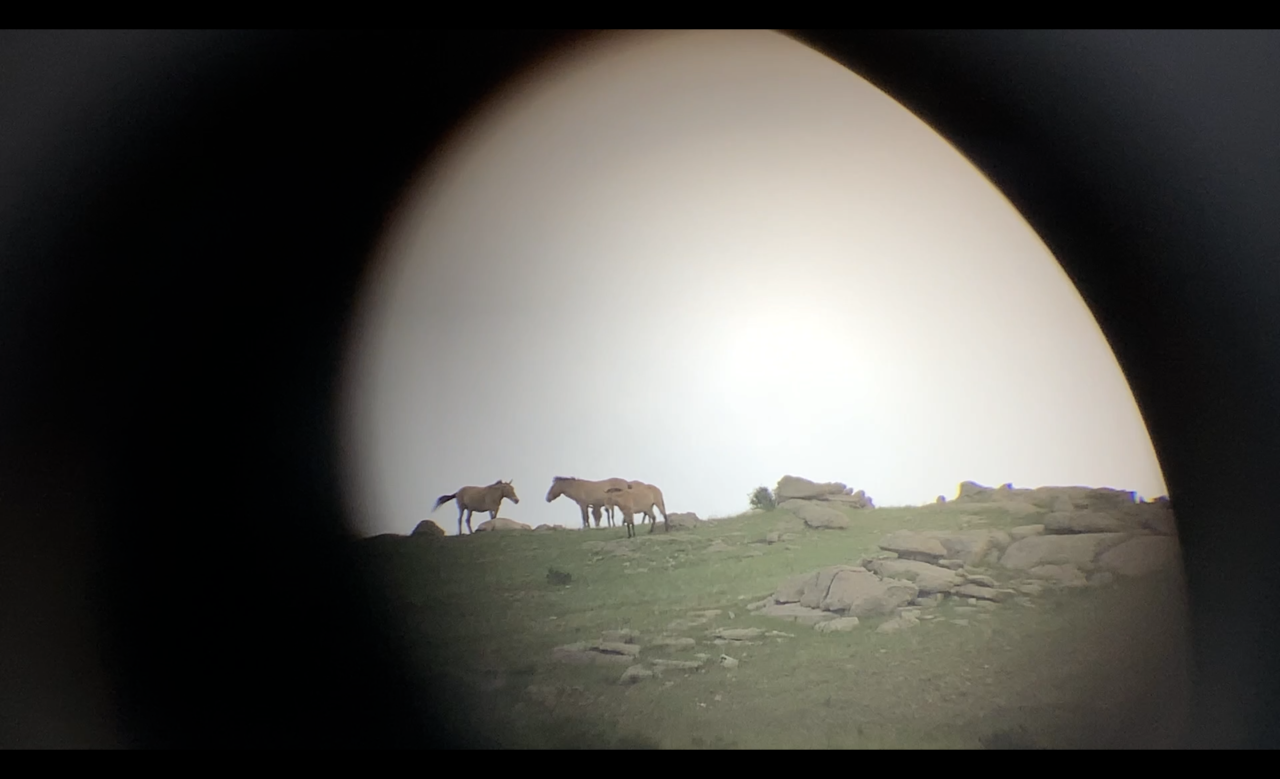
HSU Che-Yu
Demarcation
17’12''
2023
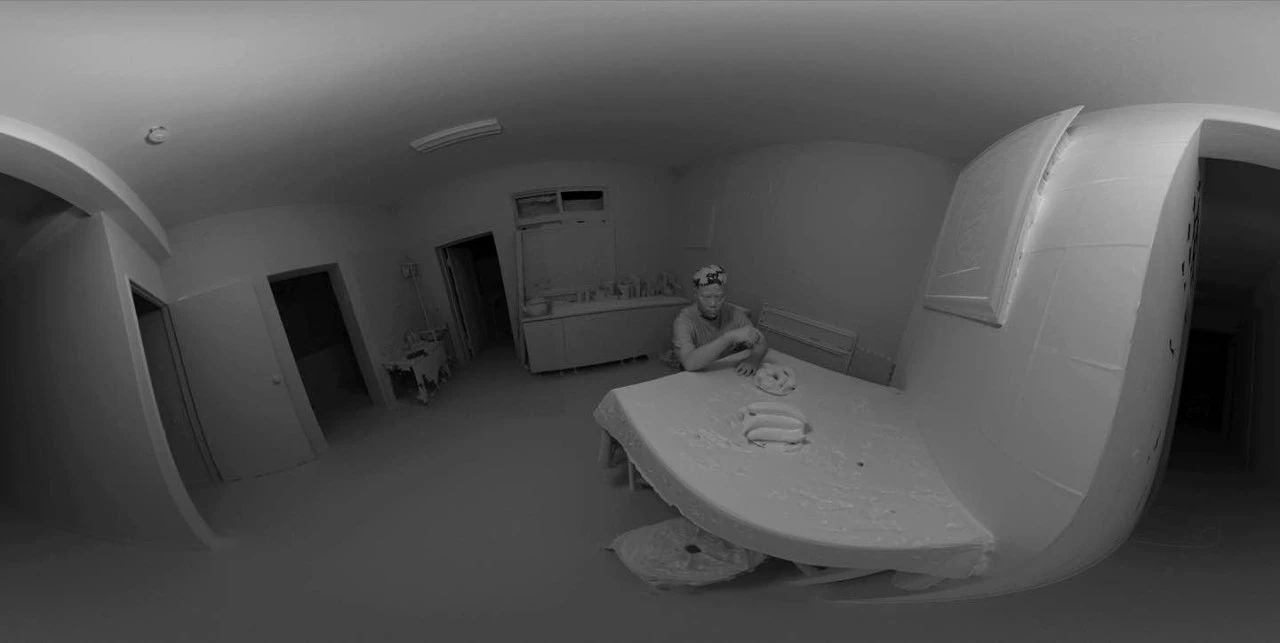
HSU Che-Yu
Gray Room
16’06''
2022
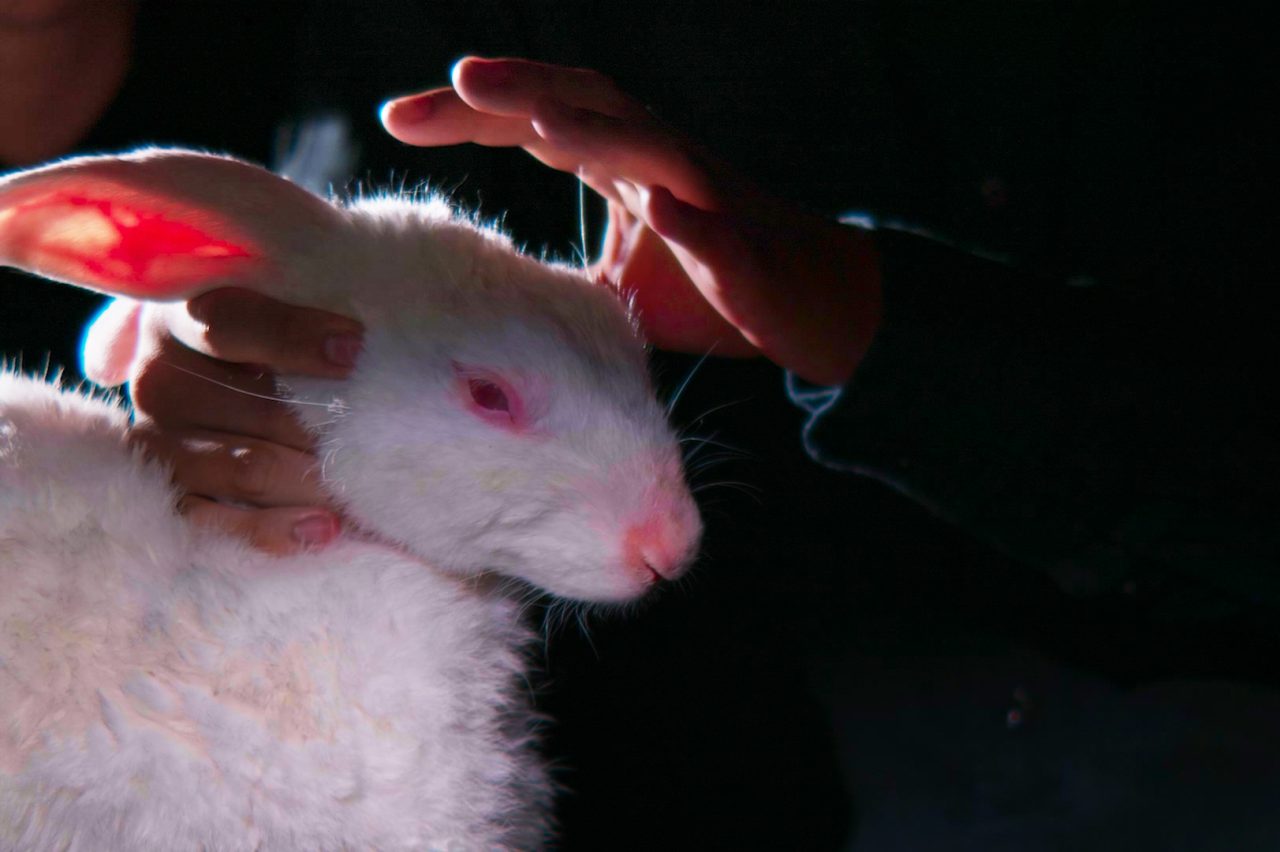
HSU Che-Yu
Rabbit 314
7’17''
2020

HSU Che-Yu
Zoo Hypothesis
31’25"
2023
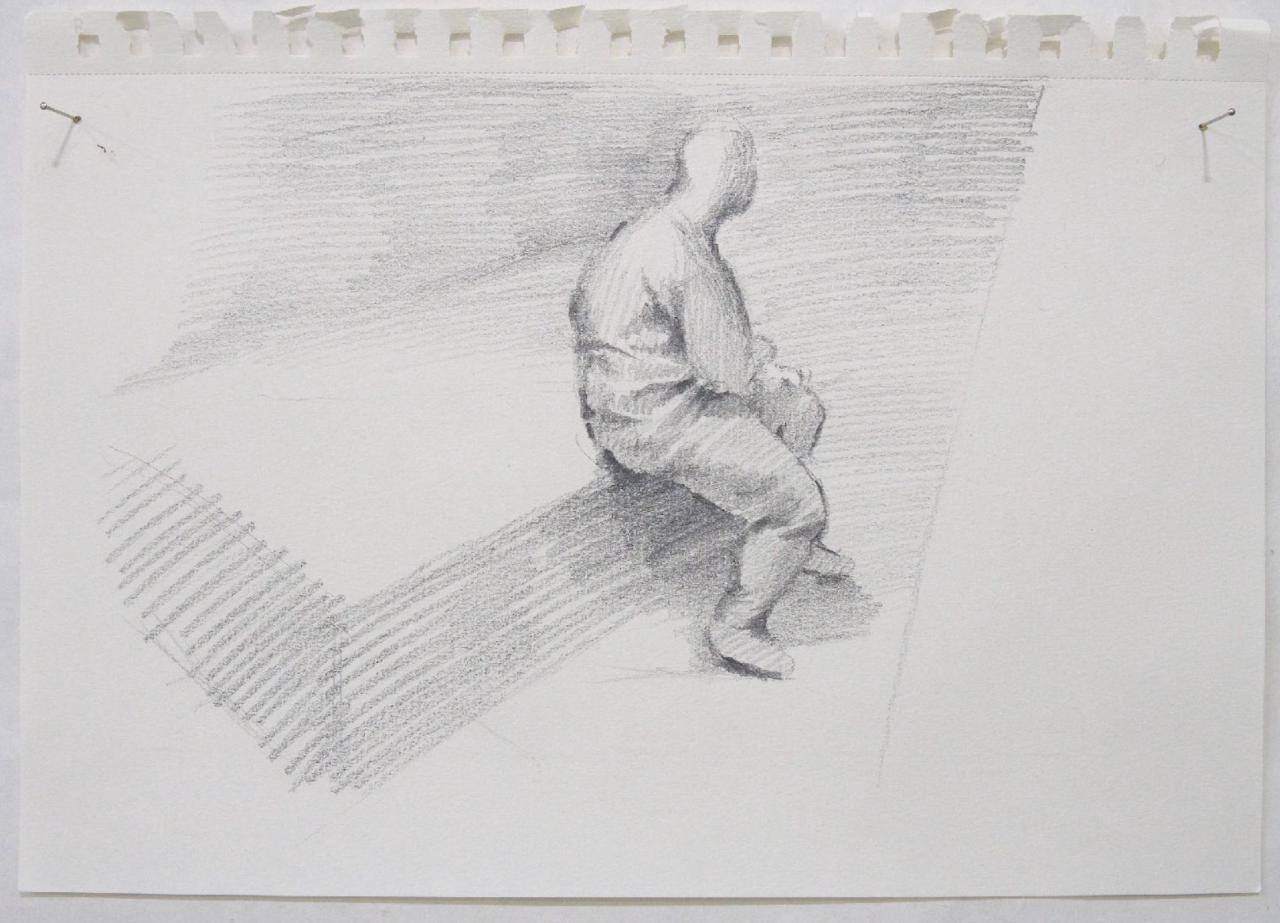
HSU Che-Yu
Mourning Exercises (The Person by the Bed)
19.5 x 30 cm
2022
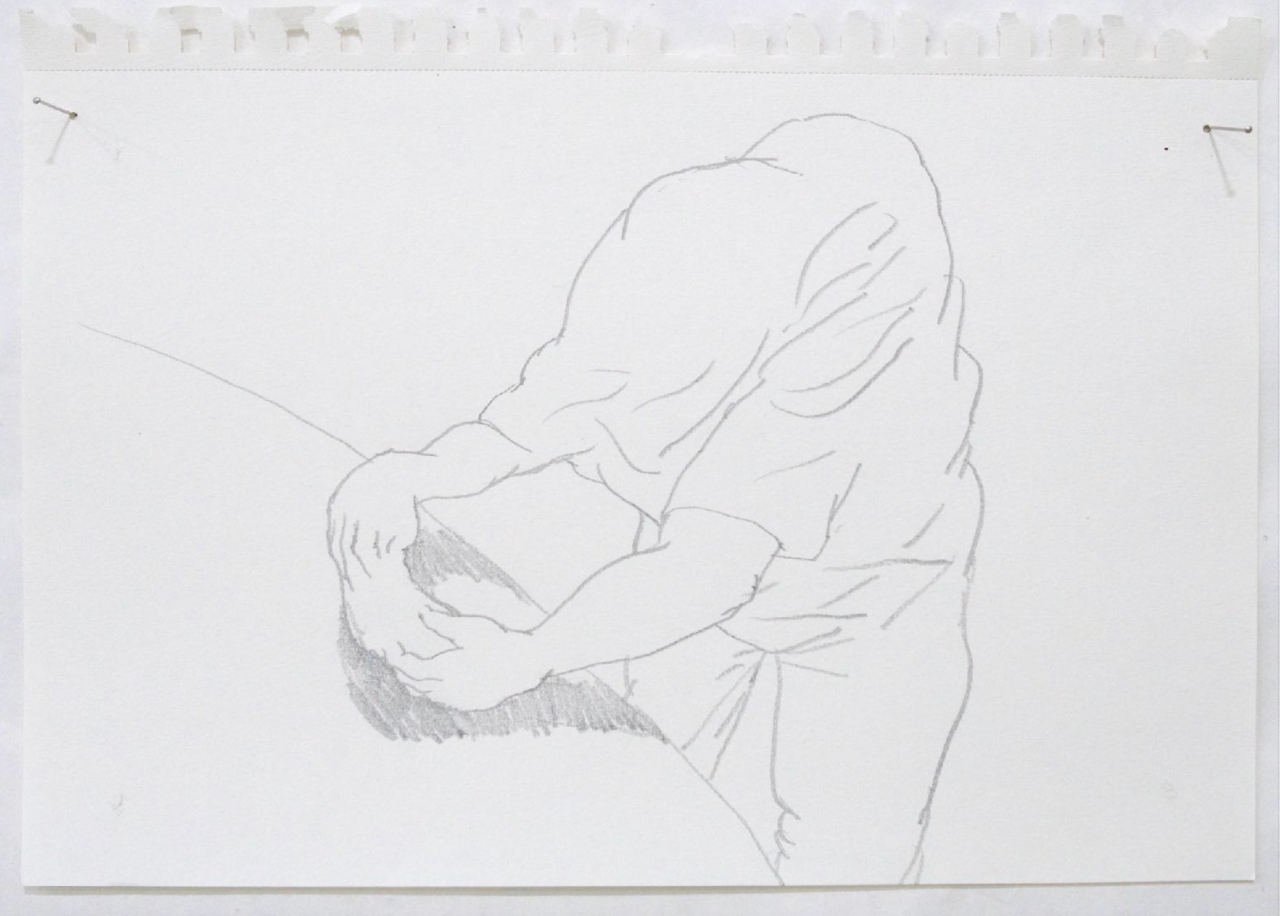
HSU Che-Yu
Mourning Exercises (Plain Model)
19.5 x 30 cm
2022
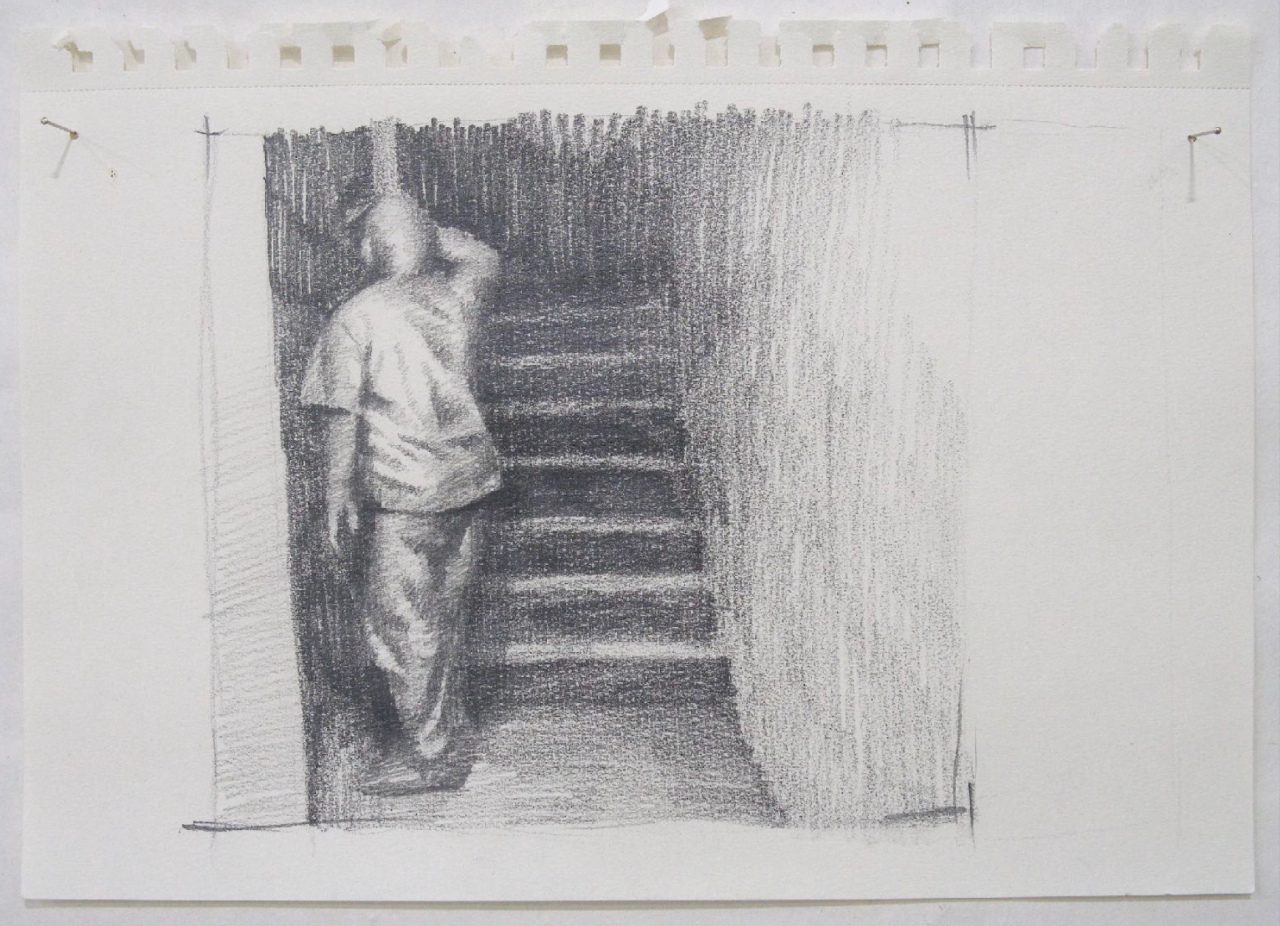
HSU Che-Yu
Mourning Exercises
19.5 x 30 cm
2022



